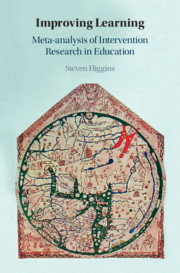References
Published online by Cambridge University Press: 16 October 2018
- Type
- Chapter
- Information
- Improving LearningMeta-analysis of Intervention Research in Education, pp. 232 - 251Publisher: Cambridge University PressPrint publication year: 2018



